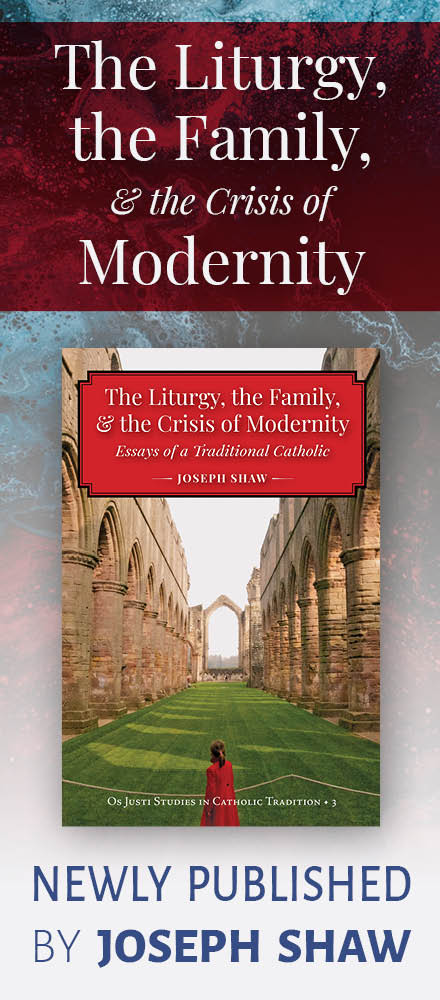Over at Second Spring, there is an interesting article that has been up by David Clayton, a man whom I had the pleasure to meet with while in Oxford. I was impressed by his deep and rich sense of liturgical architecture which put me in mind of the Eastern sense of the church building as a reflection of cosmological and theological realities; it also put me in mind of the great gothic cathedrals and what underlay them (for those interested in this, a great book on the topic is Otto Von Simson's, The Gothic Cathedral: Origins of Gothic Architecture and the Medieval Concept of Order), and it put me in mind of the task of AWN Pugin in his churches, wherein he tried (quite successfully) to reclaim a sense of the overall ornamentation of the Church, down to the tiled floors and walls.
David Clayton's piece picks up on this theme and begins to develop it in the context of a proposal and way forward for a reclamation of such liturgical arts.
Here is a small excerpt:
The art of geometric pattern generally takes two forms (although most examples of abstract art contain elements of both): first, the representation of number as geometrical shape produces "hard" or "crystalline" works of art – examples of which would include the Islamic tiled patterns of the Alhambra and the Cosmati pavement in Westminster Abbey. Sometimes such designs are created as works of art in themselves, and sometimes as decorative borders around a piece of figurative art (and both forms of abstract art have been a basis for compositional design in figurative art).
The second is "soft" or "fluid" art. This is calligraphic art – the art of line. As the artist draws, he uses the circular arcs of flexing joints in fingers, elbows, and shoulders to produce parabolas and eccentric curves. These are in fact graphical representations of mathematical functions that describe the order of the natural world. However, the artists who produced these shapes are not necessarily aware of this correspondence. This type of art tends to be more intuitive and less prescriptive than the other.
We see this in Celtic illuminated manuscripts, in Islamic calligraphy and art based on "arabesques", in Chinese characters and in Baroque scrollwork. The beauty here is derived from an intuitive imitation of the natural order in the shapes of these curves. Baroque scrolls that appear in room decorations, picture borders, and picture frames are very abstracted, but nevertheless reminiscent of vegetation through the mimicry of growing vines with their twisting line and intertwinings, although this swirling decoration did develop into an overly ornate form in the later period. Unfortunately, it is this excess in the Rococo that in many people's minds typifies the Baroque and causes a negative reaction.
What is commonly described as "Baroque rhythm" is the imposition of eccentric curves and parabolas upon natural form. The sculptures of Bernini particularly are criss-crossed with these curves, at times forcefully and deeply applied, at other times as subtle as lacework across its surface. Bernini used them to introduce interest and vitality and to draw attention to particular aspects of form in his sculptures by using the line to guide the eye.
(The above image and the tiles themselves come from: http://www.tile-source.com)




















